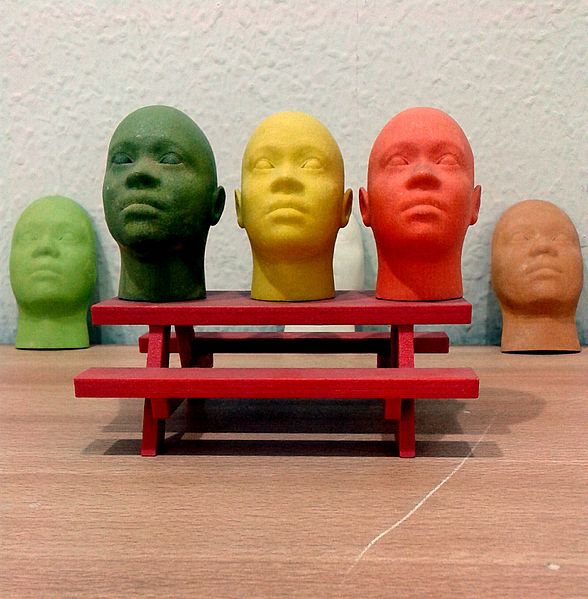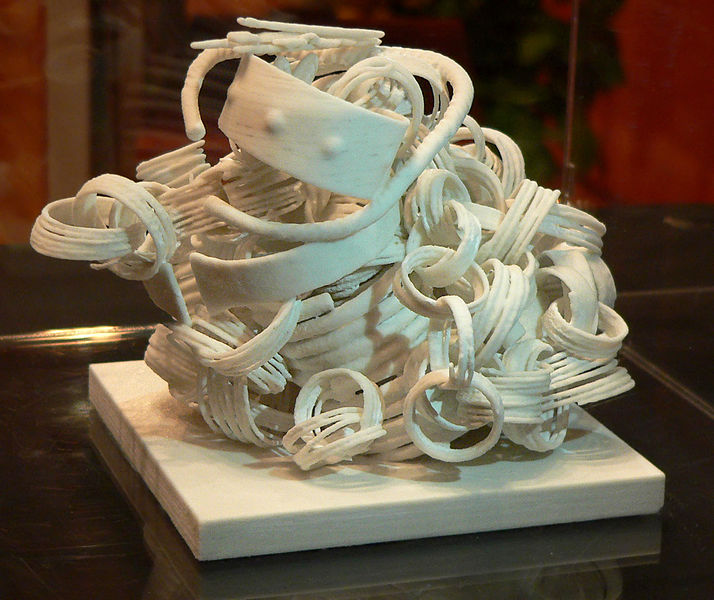
Figure 1 – Miniature human faces printed with a 3d printer. Image from the Wikimedia Commons, original image by S Zillayali and uploaded under creative commons license.
I was looking at a picture by Dan Kitwood for Getty Images today on the BBC News showing two women staring in wonder and amazement at a 3D Model of Party Leader Nick Clegg created with a 3D printer at the Lib Dem autumn conference in Glasgow. Your first reaction is probably well done photograph; but the 3D printing process still has a long way to go. After all, the model shown in the picture took seven hours to print. Well, it isn’t so long ago that we were working with low resolution 16 color printers in 2D and could go pretty much go off for lunch while they printed a picture.These were hardly up to the task of competing with film photography. But look where we are really just a short while later.
3D Printing is a type of Rapid Prototyping Process that can produce full color 3D objects from a CAD input within hours. It is relatively low cost compared to other rapid prototyping technologies. It sounds impossible, but if you think about it we can print in 2D quite easily and a 3D object is really a set of very thin, typically 100 um, cross-sections or 2D prints. There are a number of competing technologies at present to accomplish this magic.
Typically, the starting point or input is a CAD drawing, a computer aided design. But as seen in Figure 1, human faces can be copied by 3D printing. The device is creating really complicated objects, as seen for instance in Figure 2.
The question then is whether 3D is the future of photography either via 3D printing or a 3D display technology such as holography. I am seldom an early adopter. However, I have recently found my laboratory using 3D printing to prototype our optical biosensing devices. And, of course, there’s the Big Bang episode where Wolowitz and Koothrappali buy a 3D printer. You imagine it; the machine prints it. So hold your breath and prepare to be amazed.

Figure 2 – 3D printed model. From the Wikimedia Commons, original image uploaded by Axel Hindemith under creative commons license.
